Searching for Home
Part One: Minnesota
“I love New York, but I can’t imagine ever living anywhere but here,” I said.
I was 25 years old. My friend Cherie was driving; we were on the West Bank of the Mississippi River in Minneapolis. I think it was probably just a couple of days before I left for New York, where I would get on a plane and fly to Europe for the first time in my life. To London first. Then on to France, Spain, and other points as yet undetermined.
I meant what I said to Cherie that day; and I felt it to be completely true. Nevertheless, I never lived in Minnesota again after that.
And yet Minnesota always has, and still does, feel like home to me. I think it always will.
So then, what makes it “home”?
And if it is/was really home for me, why wasn’t I able to live there for most of my adult life? Why didn’t I ever really want to live there anymore after the age of 25?
Of course the first and most obvious answer to the first question is family. Nearly all of my family—not only my immediate family but both of my parents’ extended families as well—are in Minnesota, or at most one or two states away. “You’re the only one in your family who ever got out of the Midwest” my sons said to me once. “Well I don’t think they’re staying there because they can’t get out,” I said, amused. “It’s a nice place to live.”
And it is. Even the things that Minnesota is infamous for—mainly its winters—are not viewed as drawbacks by most Minnesotans. (If they were, they would leave, now, wouldn’t they?)
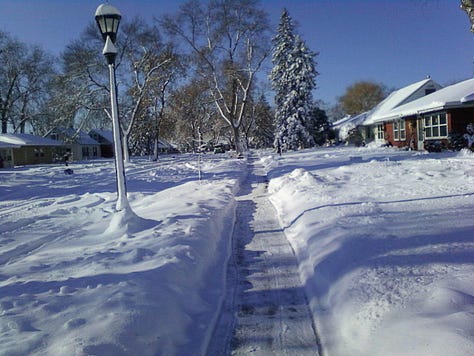
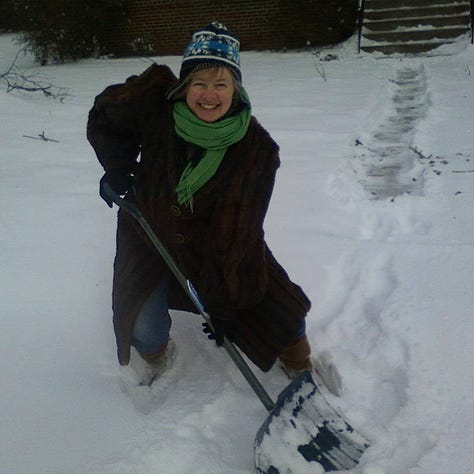

The weather is an important element of life in Minnesota. It is also an interesting element of life. I once made friends from Arkansas laugh; they were telling me about the time one of them had lived through a winter in Minnesota and couldn’t understand how anyone could willingly choose to live there. “Well. Sometimes the weather provides needed drama,” I said. I didn’t mean that Minnesota was boring, not really. I meant that Minnesota weather is really interesting.
The weather is often harsh, it can even be brutal. But the frequent drama of it is also interesting, in fact sometimes it can be downright fascinating.
It is also cyclical; and the cycling of the changes of season gives one a deep sense of the fundamental power of nature, but also its predictability, its reliability. It is why Minnesotans are unsettled when there is a winter that is uncharacteristically mild, or one that comes too late or even (by Minnesota standards) “not at all.” It puts something important out of balance. It just doesn’t seem right.
I often tell people that not only did I not leave Minnesota because of the winters, I miss them. (“Well. I miss them, but I don’t miss all of them,” I add, to be perfectly honest.)
The winters are long. To be honest, they are a bit too long. Ideally one gets away for a while in January, to break things up a little.
But when you’ve grown up there, and then you live far away from there, as I did after the age of 25--and along comes a particularly dramatic winter—one with lots of snow for example—you feel left out. One February when I was living in New York I received a letter from my friend Patty, in which she enthusiastically reported record snowfalls, adding, “There’s nowhere to put the snow anymore! The snowbanks are too high!”
That was it! I packed my backpack, picked up my cross-country skis and took the Lake Shore Limited from Grand Central station to St. Paul as soon as I could get away. I wasn’t going to miss out entirely on that winter!
There is also the explosion of joy when spring comes to Minnesota. When all those layers of clothing can be stripped off and bare skin exposed. Windows are flung open, loudspeakers turned to the outside, music is cranked up, and everywhere people are enjoying being outside barefooted, sitting on the grass, soaking up the sun.
You can’t have that explosion of joy without the long months of having to bundle up to step outside even for a minute (“It’s not clothing, it’s cold weather equipment that you need” I tell people who ask me how do people do it.) It takes months of bearing with bracing yourself against the wind, of finding ways to keep your car going, of trying not to slip and fall on the ice, of reminding yourself that in fact you do like living here.
When spring comes, suddenly everything is easy, and fun, and beautiful. Suddenly life is a party again. People are rollerblading around the lakes, picnicking in the parks, enjoying life. Then there is no need to remind yourself you like living there. You feel so lucky to know what a great place it is, and to be there.

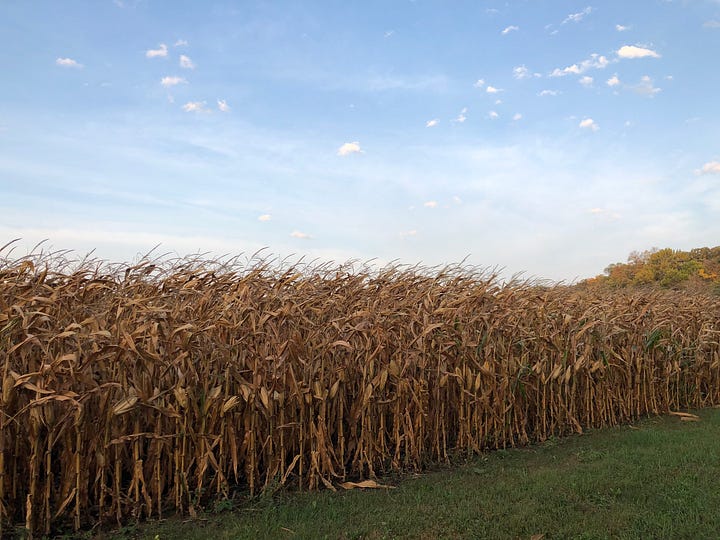

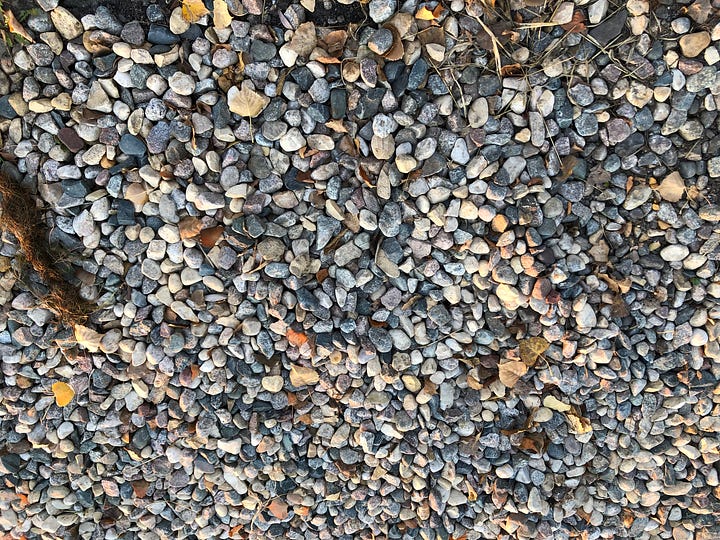
Then there is the landscape. Minnesota is mostly flat, though it is also a place where you can see (if you are really looking) that glacial moraine is not really flat; it is rather, a sometimes delicately, sometimes roughly carved landscape of rolling hills. Well, not hills, exactly—the landscape is more like smoothly sculpted dips and slopes, though in places the terrain carved out by the glaciers is rougher, and includes drops that can reach up to 350 feet. Cherie Register, one of my favorite Minnesota authors, described her hometown in southeastern Minnesota as a place “surrounded by cornfields and set among lakes and cattail marshes, knolls, and oak groves in a landscape that outsiders perceive as flat.” (That’s my emphasis.)
My own favorite part of the state, Kandiyohi County in West Central Minnesota, is much the same: it is the prelude to the prairie, which further west turns into the Great Plains of the Dakotas and beyond. As I drive by gentle rises of earth covered with prairie grasses and wildflowers on the roads around Norway Lake, I never fail to feel the hidden presence of the Plains Indians who once roamed that area, hunting buffalo, scouting out safe places to set up camp. I imagine them riding their horses, and can almost hear the echo of their horses’ hoofbeats—the scouts just close enough to me that they can’t be seen on the other side of the rise, but not far away enough that they would be a visible speck on the horizon.
And there is the sky. The big big sky, and all those glorious clouds.
And the colors. When I close my eyes and conjure up an image of Minnesota, it is inevitably mostly blues and greens. All that sky, all those lakes, all those trees with their infinite shades and tones of those two colors.
In the autumn, of course, in certain places the blue turns an unbelievably rich, deep, bright blue and there are other colors too—gold, orange, red, salmon. That season doesn’t last long, but its beauty is breathtaking while it’s there.
But even in November, when the fields are bare and the crops have been brought in, the earth plowed under, there is a beauty in the browns and grays and the tawny faded color of dried cornstalks that then dominate. A barren field in November is really quite beautiful. Now the beauty becomes more about texture than color. Milky gray skies, rich deep brown furrowed fields.
These are some of the things that make Minnesota home to me. These are the things that draw me back as often as I can get there, and that I miss when I’m not there.
But I did have to leave. I did have to leave.
I ended up living for more than twenty years in New York. In Brooklyn to be precise, and when I left, I left a big piece of my heart there.
And I needed to live in France. This was something I didn’t know yet when I spoke the words I spoke to my friend at the age of 25, just before leaving.
I knew I needed to speak French, though.
All part of my search for home. More on that to come…
Janet Hulstrand is an American writer, editor, writing coach, and teacher of writing and of literature who lives in France. She is the author of Demystifying the French: How to Love Them, and Make Them Love You, and A Long Way from Iowa: From the Heartland to the Heart of France; and coauthor of Moving On: A Practical Guide to Downsizing the Family Home.


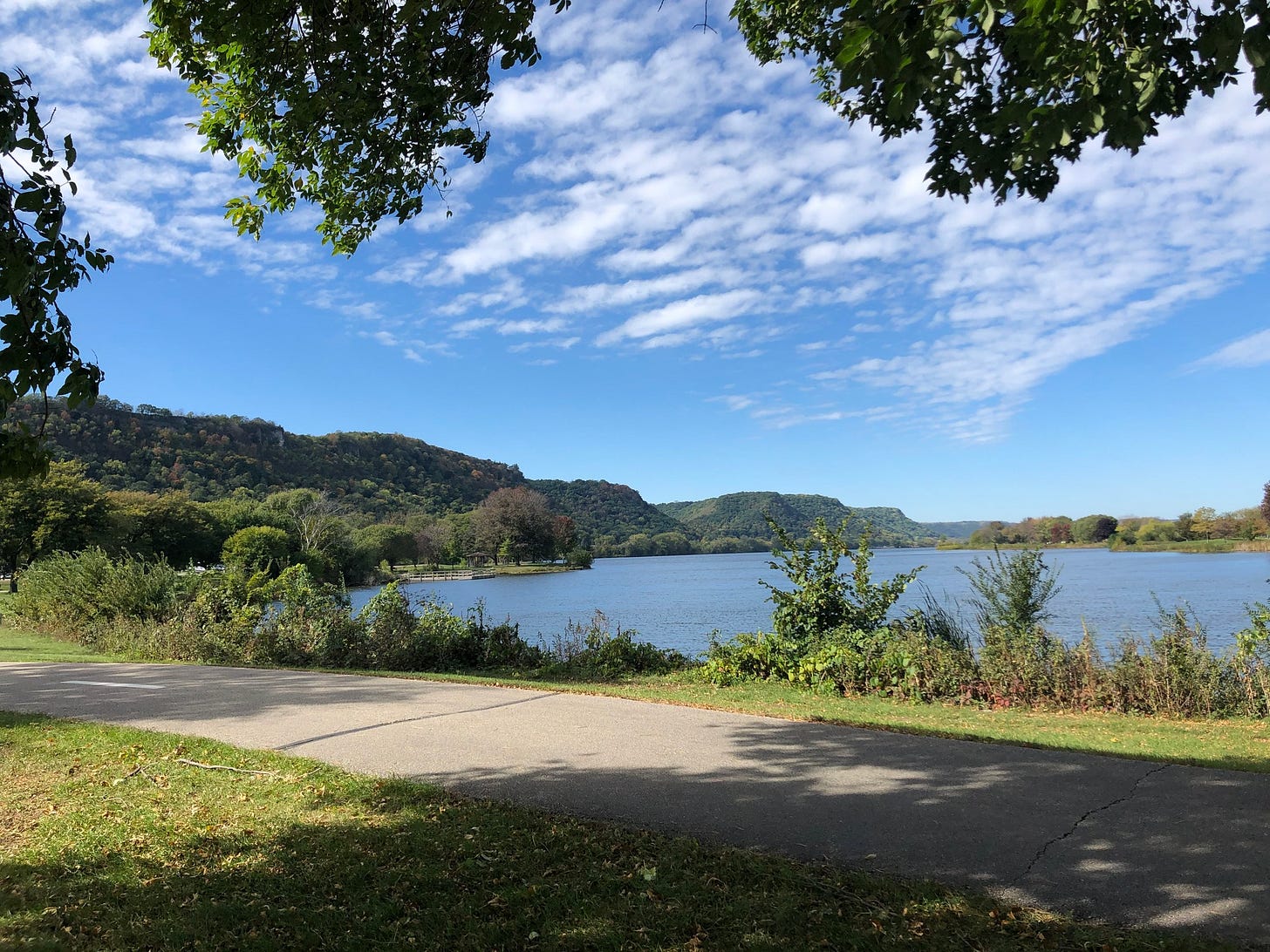
Can relate with this so much. No matter where I've lived, MN is always home :)